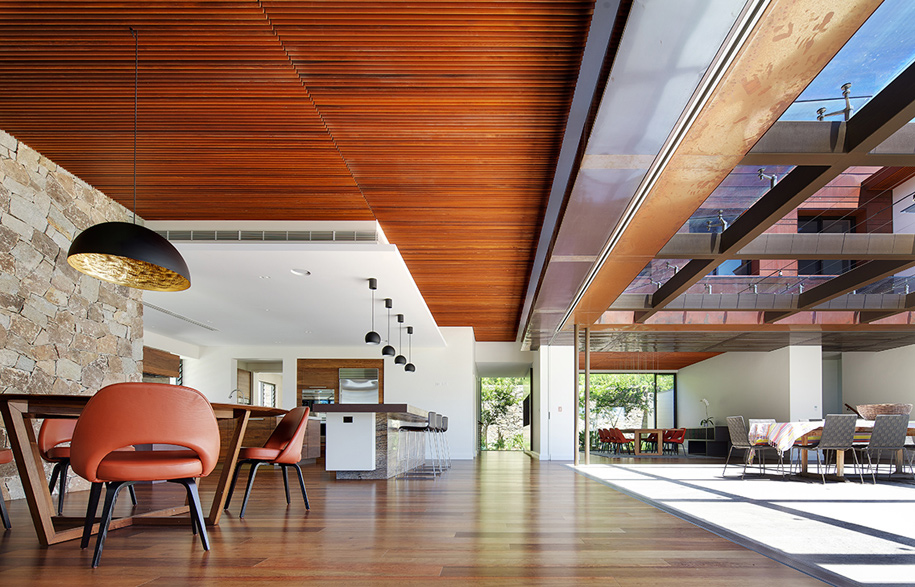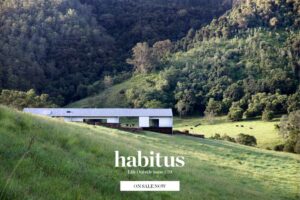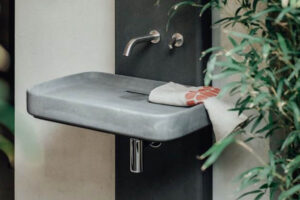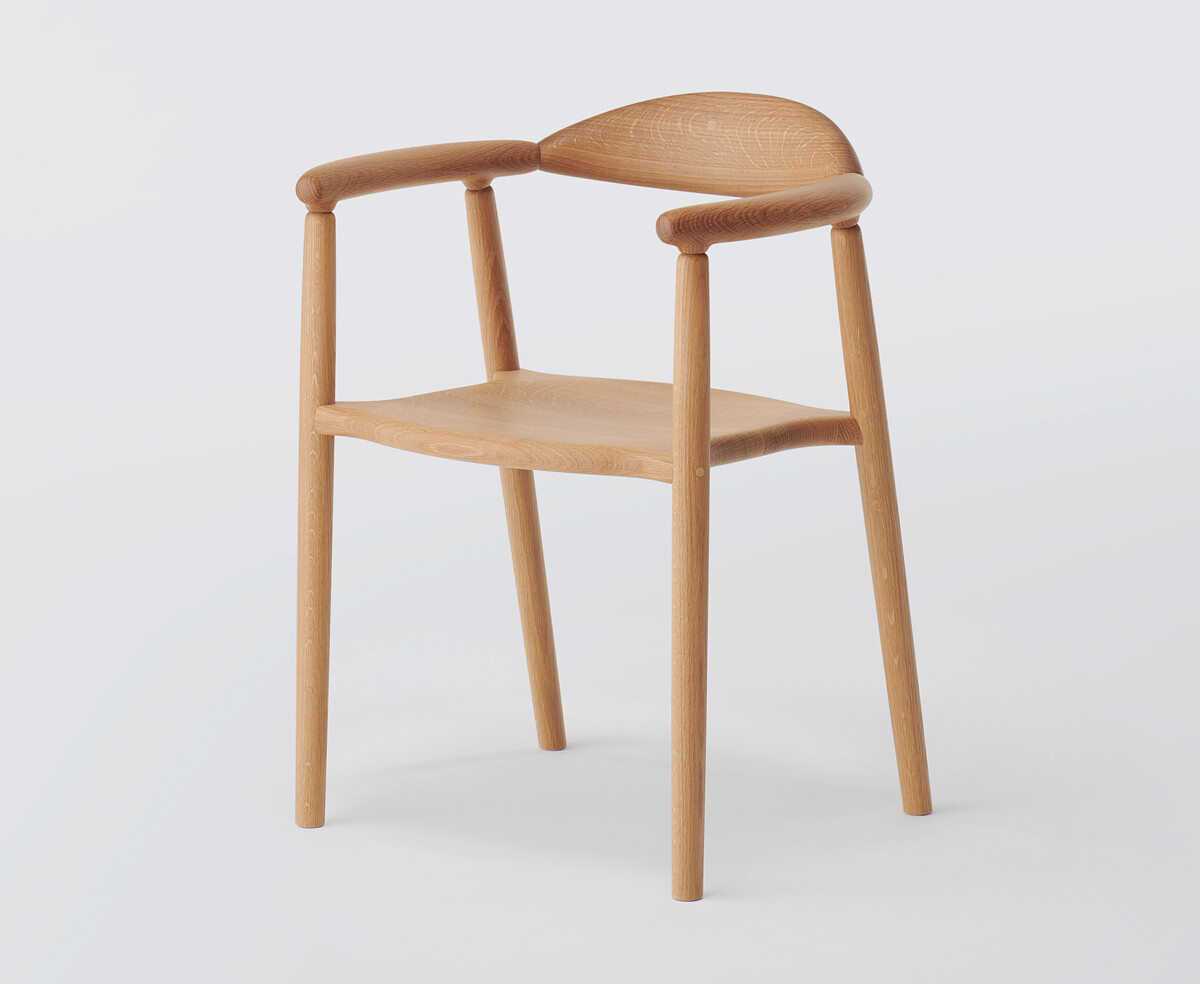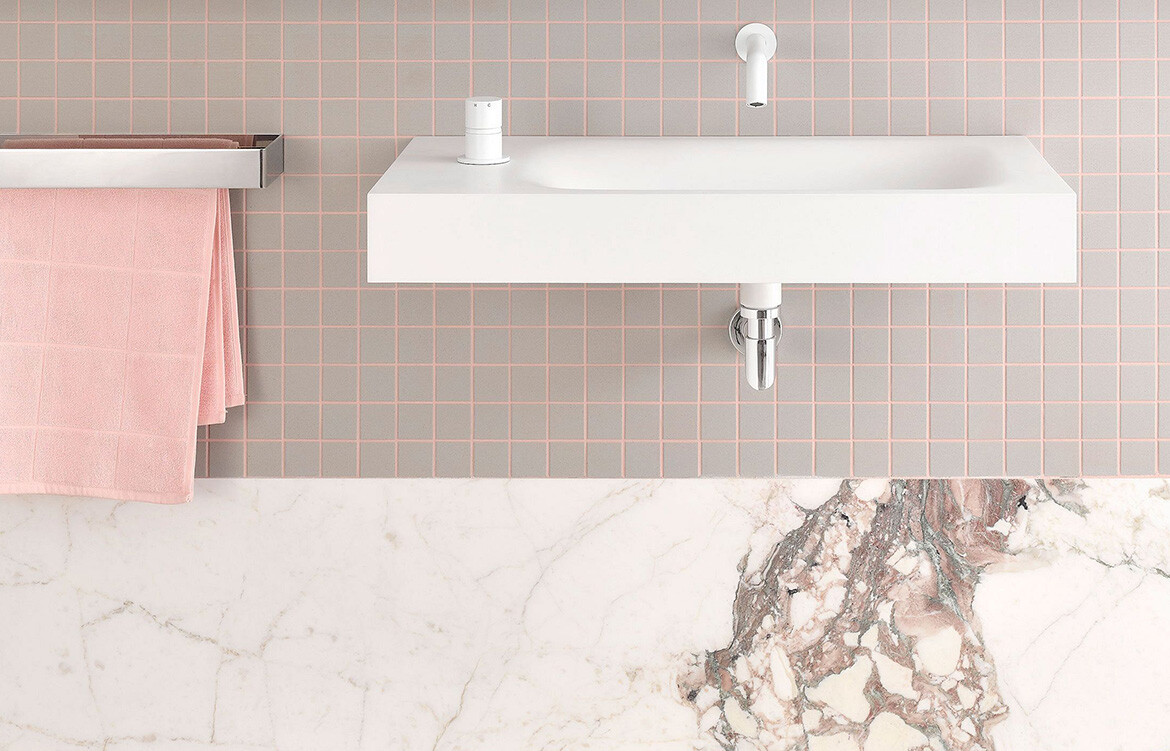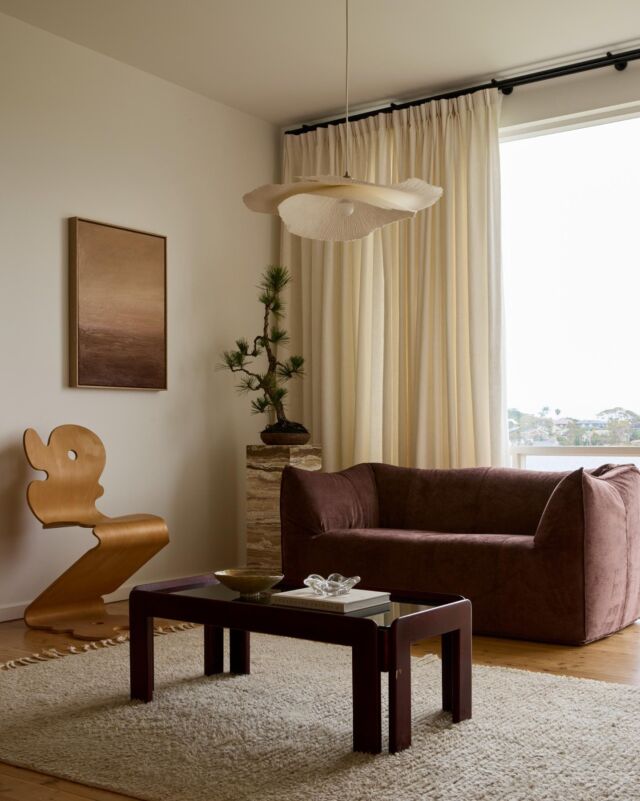This home is one of two for the extended family, designed together as a compound that would be suitable for them now with their four young children and visiting overseas guests, and also well in to the future.
With this in mind, the more formal adult living area is at one end of the ‘L’ plan form and the children’s games room at the other end. The central portion of the ‘L’ plan form houses the kitchen with family and meals area to one side, and the formal dining area to the ‘adult’ side. The central location of the kitchen allows opportunities for the parents to observe the children at play within their own area while it still relates to the ‘adult’ areas.
The children have varied external environments to explore with the area of lawn for games and play, the ‘embankment’ under the future shade provided by the Poinciana tree which leads down to the cave for their fantasy and imagination, the areas around the pool for cricket and chasey, and an area to the south of the house for vegetable and herb growing.
Designed with the aim of aging gracefully, careful consideration went in to the building form and selection of finishes. “Robust materials such as natural stone, copper and slate have been used for their aged patina, and for the texture, detail and interest they provide,” says architect Neil Cownie. “The use of these materials has been contrasted with white texture-coated walls to add a lightness to the aesthetic.”
The battle-axe site had a substantial difference in levels of over 4-metres from the western to the eastern boundaries. This provided the opportunity to maximise the height of the building so that views of the river could be best utilised. It also allowed for internal and external levels to be stepped, which assisted in the spatial definition of zones.
A strong relationship between internal and external areas was sought for the main everyday living areas of the home. Devices such as the highlight windows allow a constant glimpse to the sky, while large openings ensure strong visual connections to the outside.
Stone walls used externally have been brought inside to the south wall of the meals area, and the copper soffit lining to the upper terrace runs internally in the bulkhead and ceiling of the kitchen, meals and dining.
Timber battens to the kitchen and dining ceilings not only provide warmth and detail to the spaces, they also conceal acoustic insulation to assist with deadening the reverberant noise.
The design and usability of the upper terrace was pivotal to the success of the house. “A balance between solar access and protection from the rain while maintaining a non-restricted view to the sky was reached through the use of glass roofs and automated awnings,” explains Neil.
The steel pergola structure has a square panel area of glass roof towards the outer edge of the terrace. This has been deliberately separated from the glass roof providing protection to the large automated doors along the building line. The areas of the pergola between these roofs are open to the sky to allow for ventilation and a sense of being outdoors rather than being in an enclosed space.
To soften the experience of the steel and glass, overhead stainless steel wires will allow Wisteria to provide a green band above the terrace, which also adds to the timeless resort-feel of the home.
Neil Cownie Architect
neilcowniearchitect.com.au
Photography: Robert Frith


